Images: 'Kraken' Trolled the Triassic Seas
Snagging a Snack
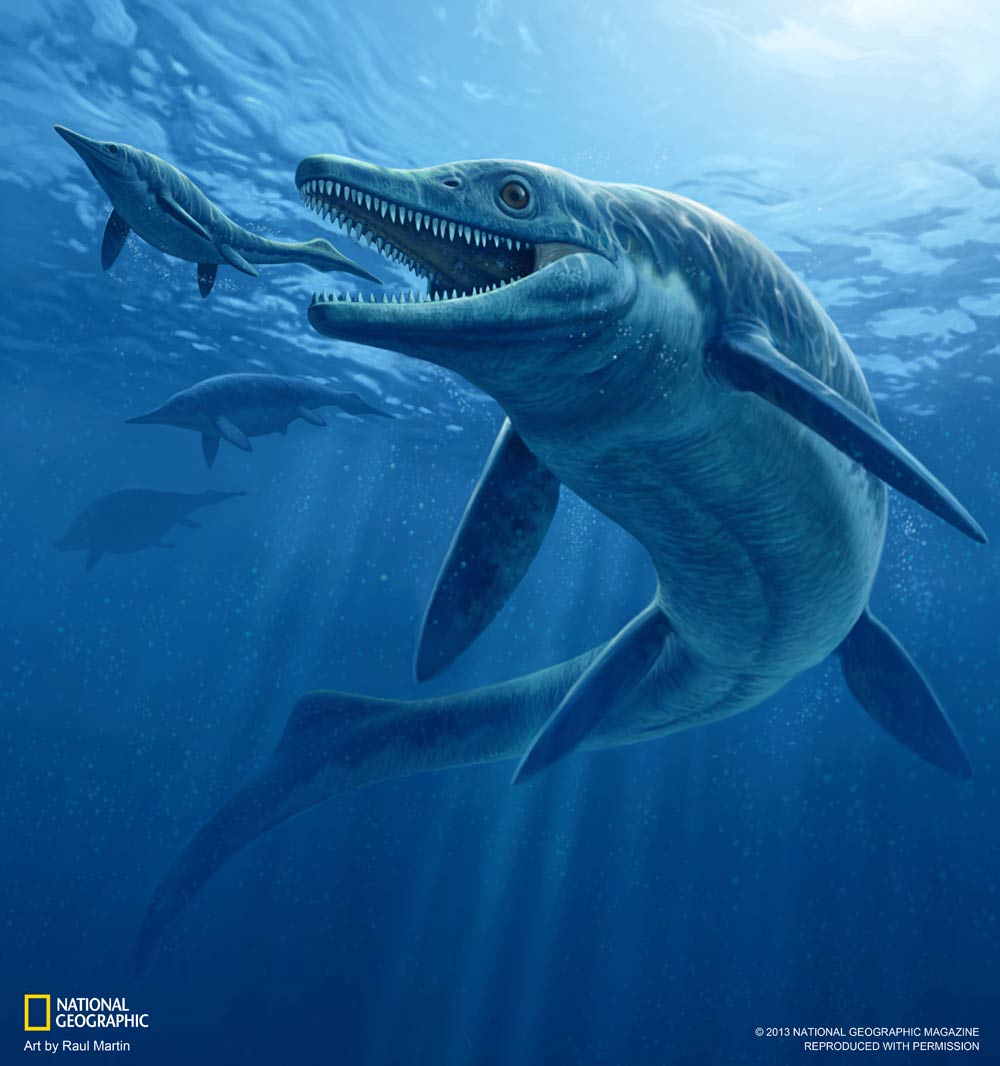
A giant sea monster, the likes of the mythological kraken, may have swum Earth's ancient oceans, snagging what was thought to be the sea's top predators — school bus-size ichthyosaurs (shown here) with fearsome teeth. The 'Kraken' likely drowned or broke the necks of the ichthyosaurs before dragging the corpses to its lair, akin to an octopus's midden, according to a controversial theory put forth by Mark McMenamin, a paleontologist at Mount Holyoke College in Massachusetts in 2011.
Shonisaurus popularis
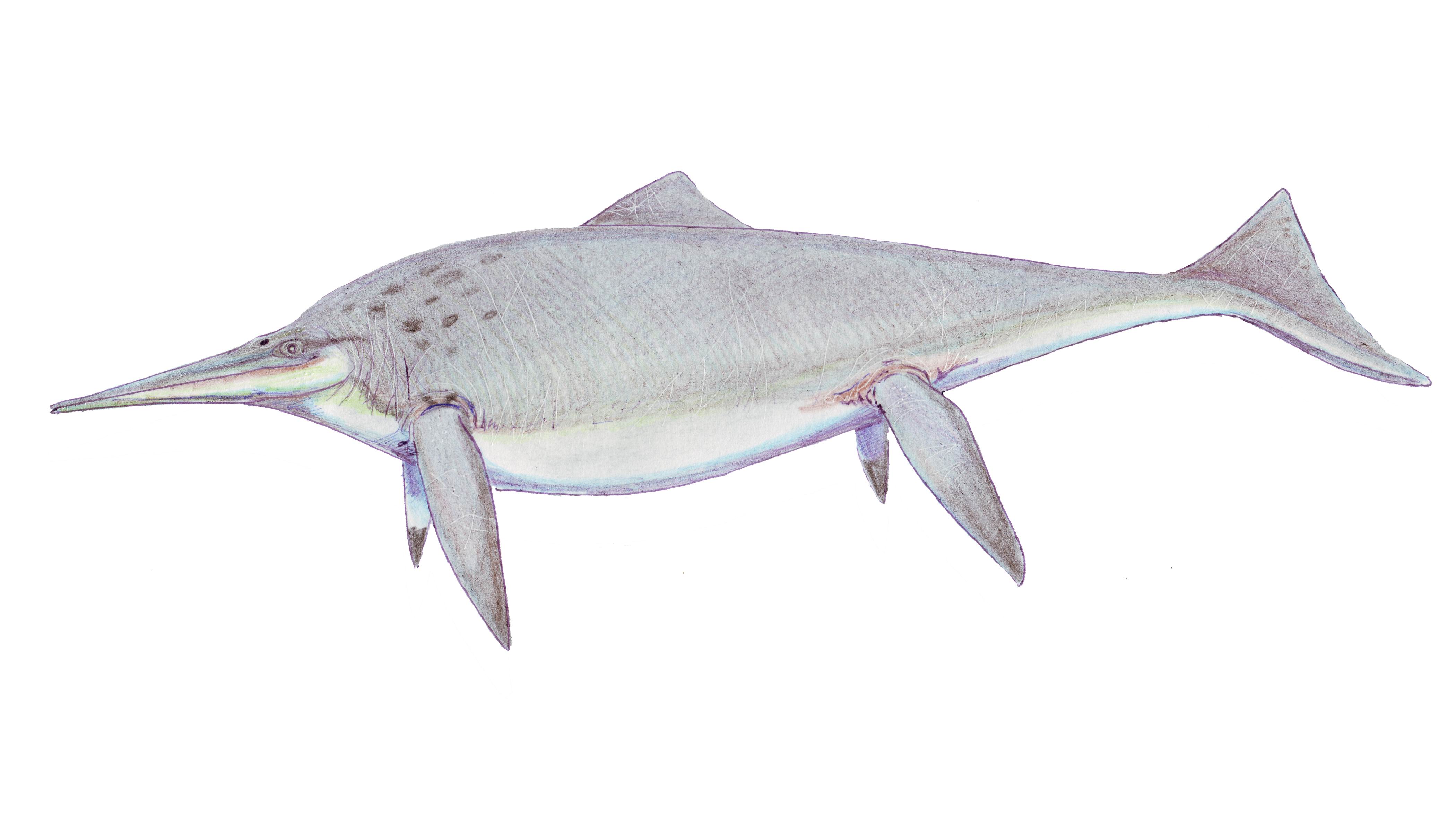
McMenamin was interested in solving a long-standing puzzle over the cause of death of the Shonisaurus popularis (shown here) individuals at the Berlin-Ichthyosaur State Park in Nevada.
Kraken Lair

The etching on the bones suggested the shonisaurs were not all killed and buried at the same time, McMenamin said. It also looked like the bones had been purposefully rearranged, likely carried to the "kraken's lair" (shown here) after they had been killed. A similar behavior has been seen in modern octopus.
Kraken Rises
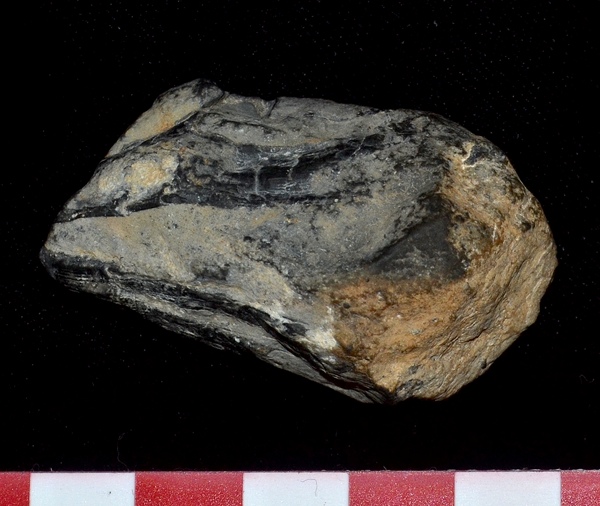
The researchers who first suggested the existence of this ancient sea monster in 2011 say they now have more evidence backing up their controversial theory. Not only have they discovered a second example of strangely arranged bones, they've found a fossil that appears to be the beak of an ancient squid or octopus, shown here.
Fossil Fractures
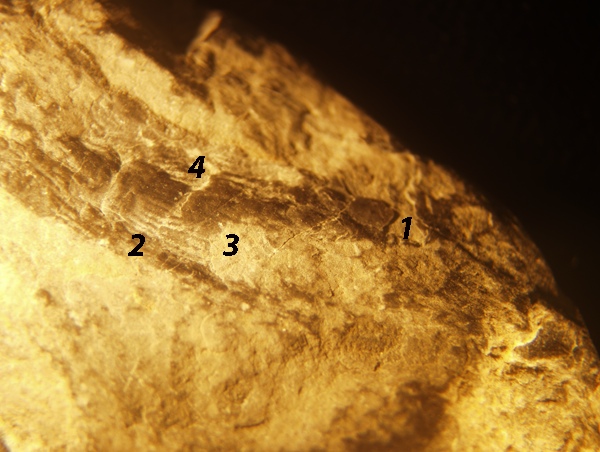
A close-up of fractures and features of the possible cephalopod beak fossil.
Humboldt Beak
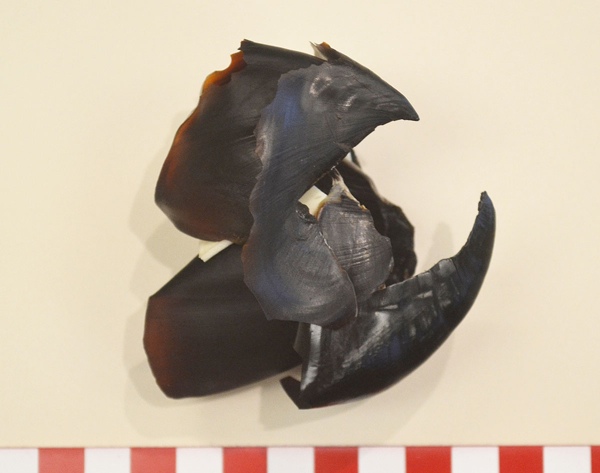
This is the beak of a modern Humboldt squid, used as a comparison model for identifying the fossil.
Humboldt fractures
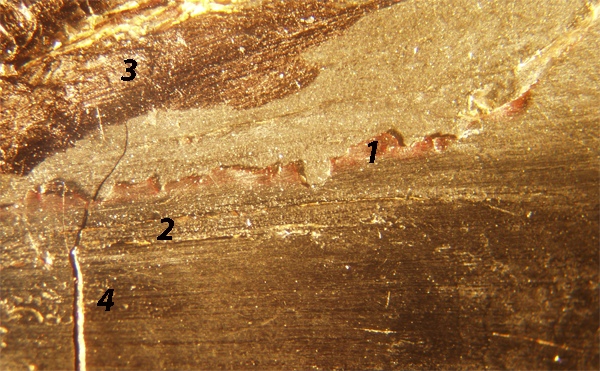
Fractures on the Humboldt beak mimic those seen on the fossil.
Get the world’s most fascinating discoveries delivered straight to your inbox.



